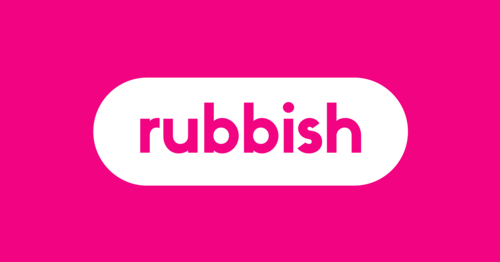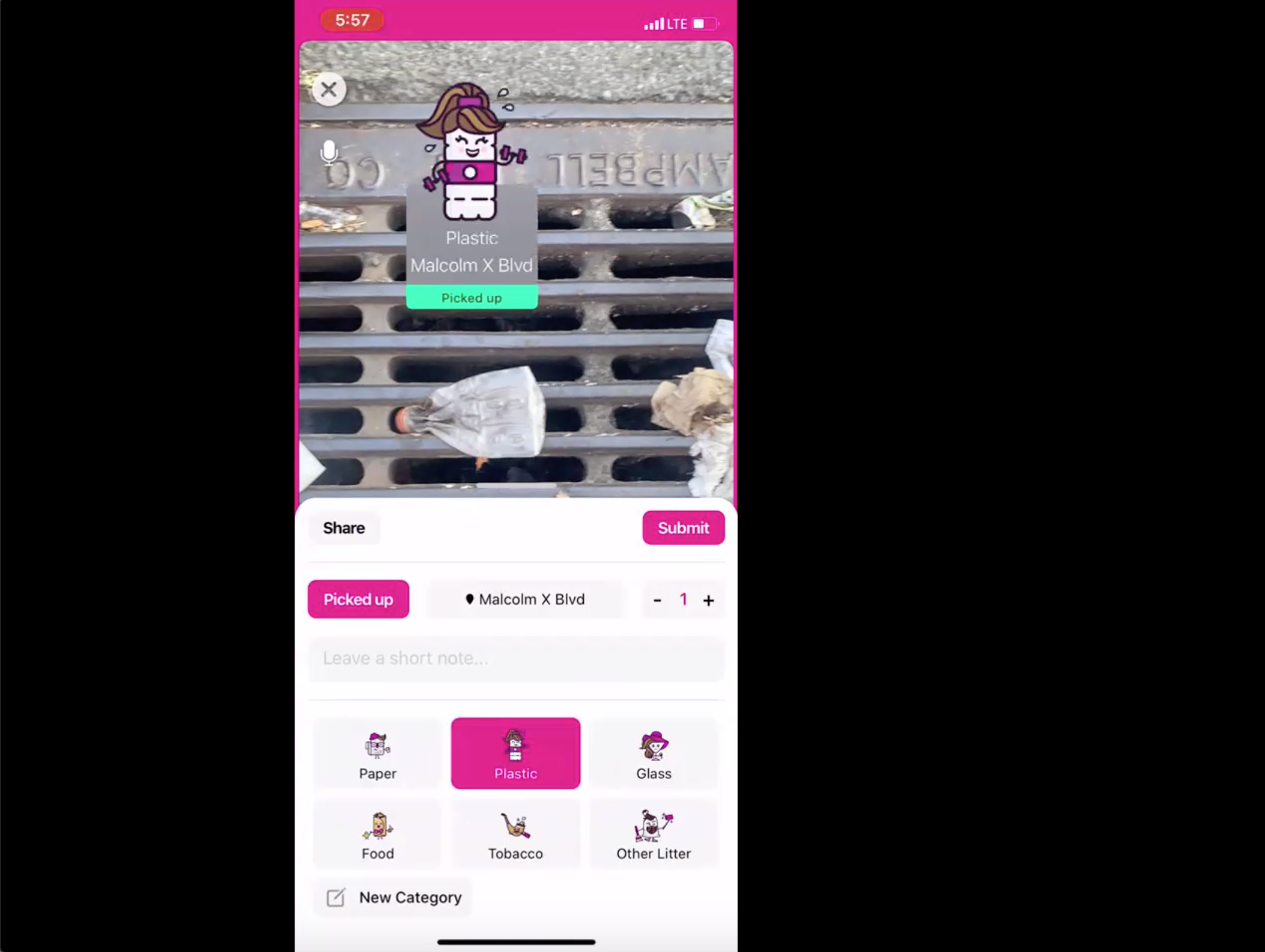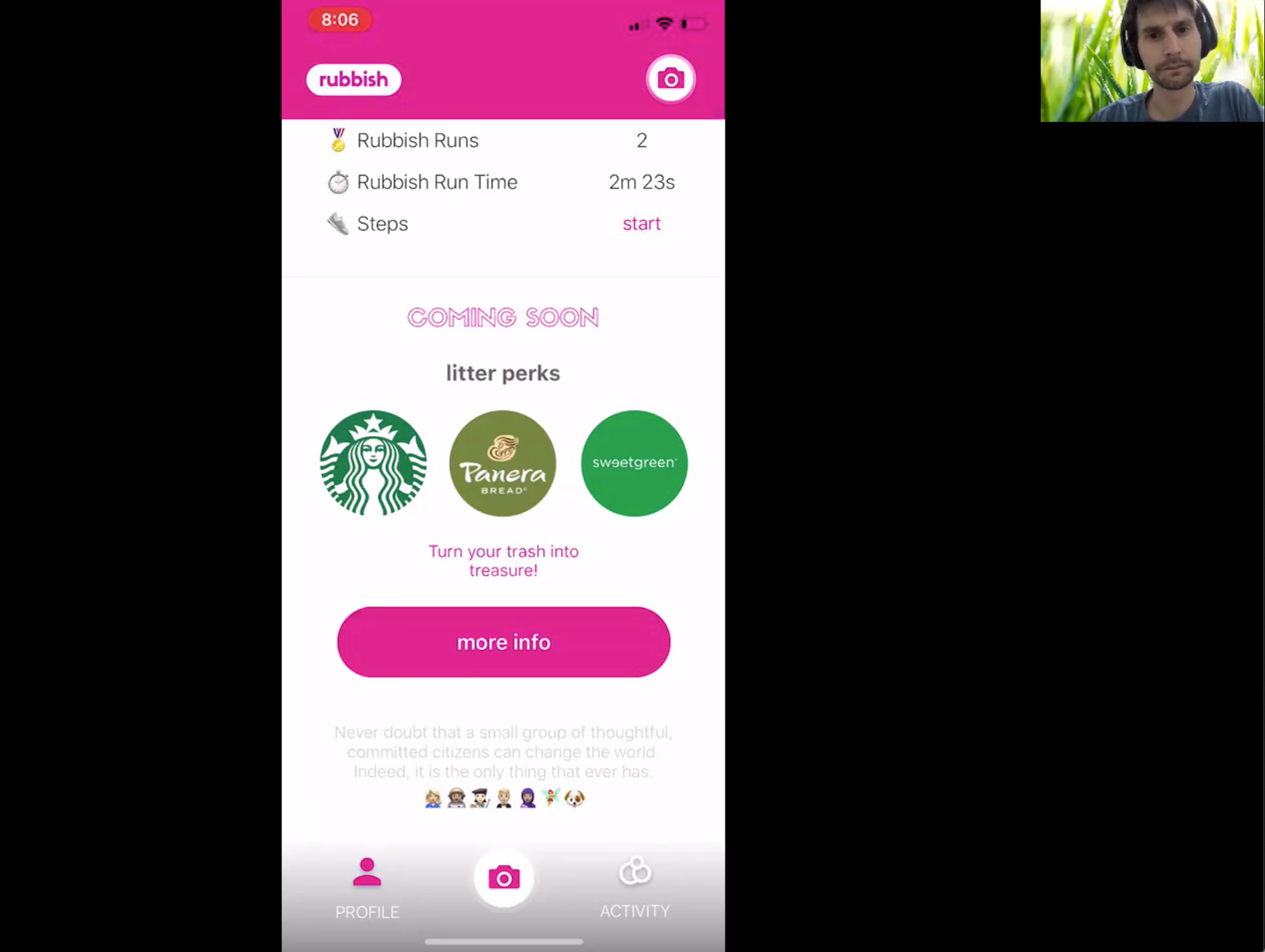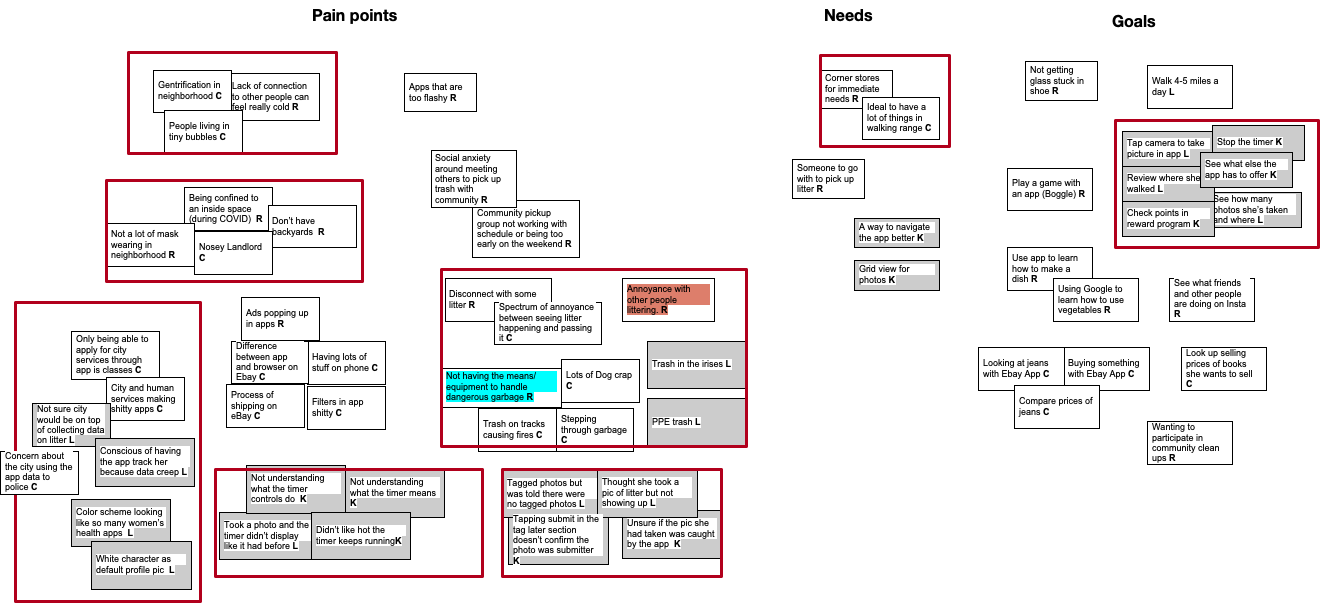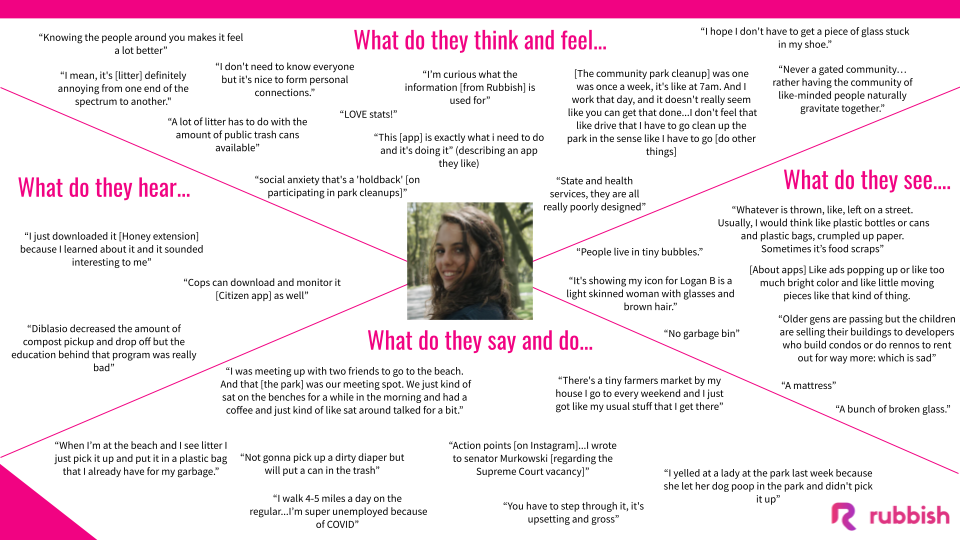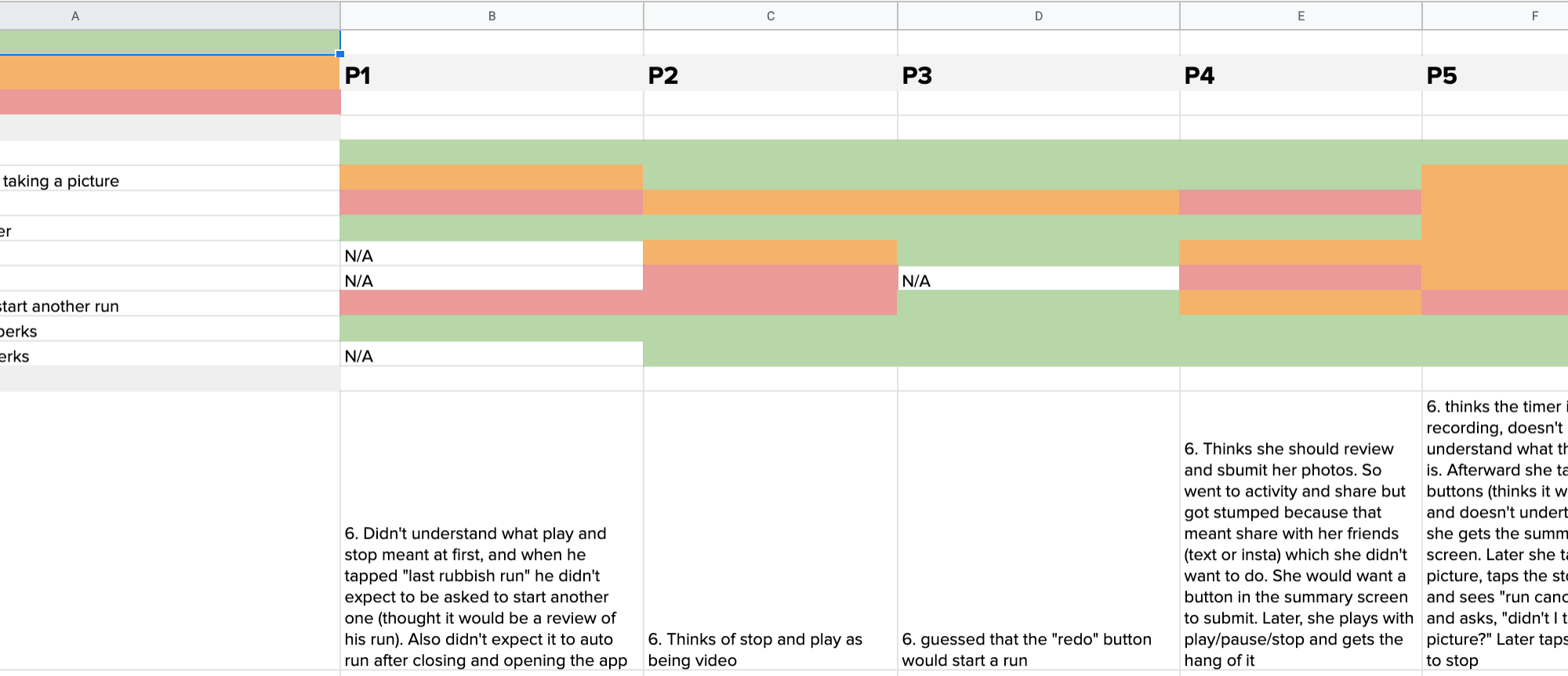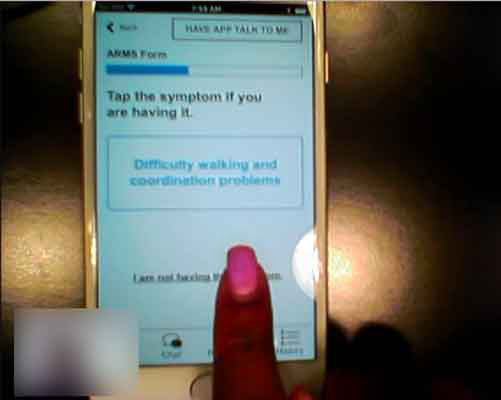Impact and Reflections
After wrapping up the research I shared the output deck in an hour long discussion. As an outside consultant tasked just with research, I knew I wouldn't be involved with pulling through the findings and insights in an ideation session. So my goal was to point out the critical app pain points, stimulate discussion around a few core themes, and leave the team with the output document they could refer to as they evolved their app.
I did make suggestions, particularly around how to restructure Rubbish Runs. I suggested structuring the photo collection into a camera-roll with an option to submit, and then making the timed Rubbish Run a separate mode for users.
I felt the insights and HMW statments in the deck were a great thing to leave the team with. It clearly described three core issues with users, and set up the team to ideate on their own as they moved forward.
The research could have been split into a larger generative research project around why and how people use apps, and then another evaluative project about the app flow and UI. An extended relationship with the team would have made this possible.
For example, during interviews I detected a thirst for litter statistics. In retrospect, I wish I had probed much more on this as it could have been fertile ground for ideation around content and features. By trying to fit so many learning goals in a hybrid session, I had to cut my exploration into why users were so interested in viewing aggregations of statistics about litter: could the app package and deliver litter data in way that is engaging, and possibly motivate users to track more?
Something I started wondering about as I interviewed was if this app resonated differently with people who were newcomers to their neighborhoods, versus those who were natives or have been in their neighborhood for a long time. Most of the participants were transplants that talked about how they embraced their neighborhoods, but on further probing signaled aspirations for a more optimal situation. Litter was part of a larger complex of anxieties including gentrification and complicated relationships to neighbors.
Future research subject: Emotions regarding litter among neighborhood natives versus transplants.
Back to Top
